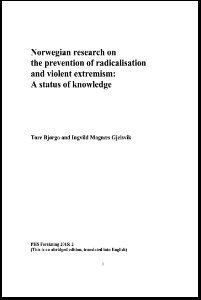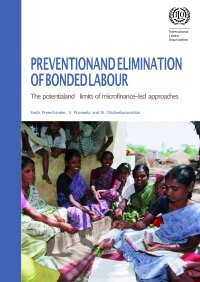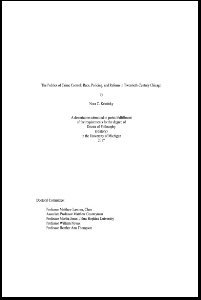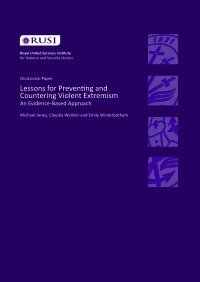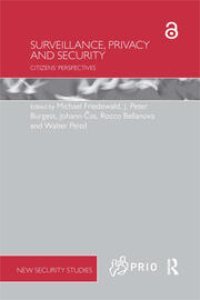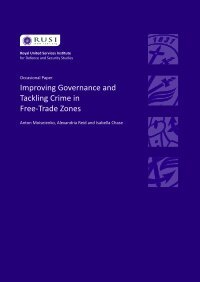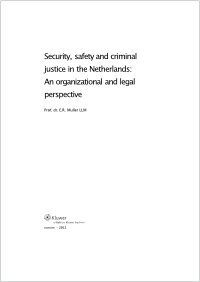By Stephen Smallbone, William L. Marshall and Richard Wortley
Although child sexual abuse (CSA) is generally referred to as a distinct and singular phenomenon, there is a remarkably wide range of circumstances and events that may constitute CSA. Wide variations have been observed in the characteristics, modus operandi and persistence of CSA offenders, in the characteristics, circumstances and outcomes for victims, and in the physical and social settings in which CSA occurs. These multiple dimensions of CSA, and the wide variations within them, may at first seem to make the task of prevention overwhelmingly difficult, if not impossible. However, it is important to recognise that on virtually none of these dimensions is the incidence of CSA evenly distributed. Not all children are equally at risk of falling victim to sexual abuse, not all victims will be affected in the same way, not all adolescents and adults are equally at risk of becoming offenders, not all offenders are equally at risk of proceeding to a chronic pattern of offending, and not all physical and social environments present the same risk for CSA to occur. The first step towards developing a comprehensive, evidence-based approach to preventing CSA is therefore to understand the patterns of variation within, and the interactions between, its key empirical dimensions. To the extent these patterns can be reliably identified, the focus of prevention strategies can be narrowed, and prevention resources can accordingly be prioritised. Notwithstanding the limitations of the current knowledge base, the main aim of the present chapter is to specify where, when, how, to whom and by whom CSA occurs.
Cullompton, Devon, UK: Willan Publishing, 2008. 267p.











